Definition
Adaptive radiation refers to the adaptation (via genetic mutation) of an organism which enables it to successfully spread, or radiate, into other environments. Adaptive radiation leads to speciation and is only used to describe living organisms. Adaptive radiation can be opportunistic or forced through changes to natural habitats.
Adaptive Radiation Examples
Examples of adaptive radiation are all around us, in every living organism. No organism today is exactly the same as its original ancestor. Some species have changed significantly, such as the diversification from a single species into the elephant and the hyrax. One only has to look at the image below to understand how the selection of a different habitat or even a similar habitat but a different choice of diet can cause huge anatomical and physiological changes during the process of adaptive radiation.
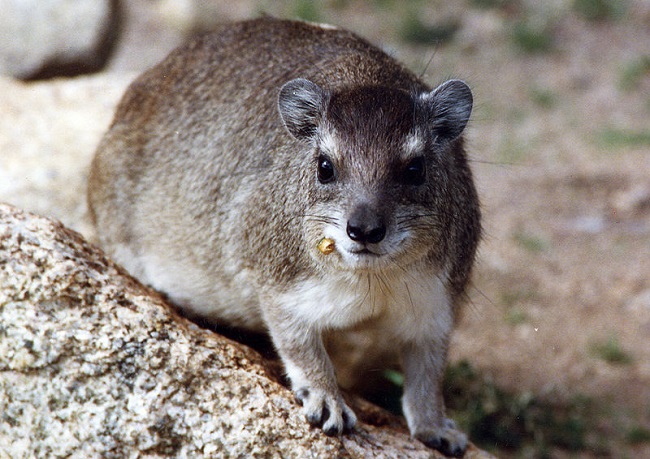
Marsupials
One of the most common examples of the theory of adaptive radiation is the dispersion and diversification of the marsupials (metatherians) into different orders and species. Marsupials have developed from a single ancestor into multiple, diverse forms. This has happened in a continent completely cut off from the influence of many other species.
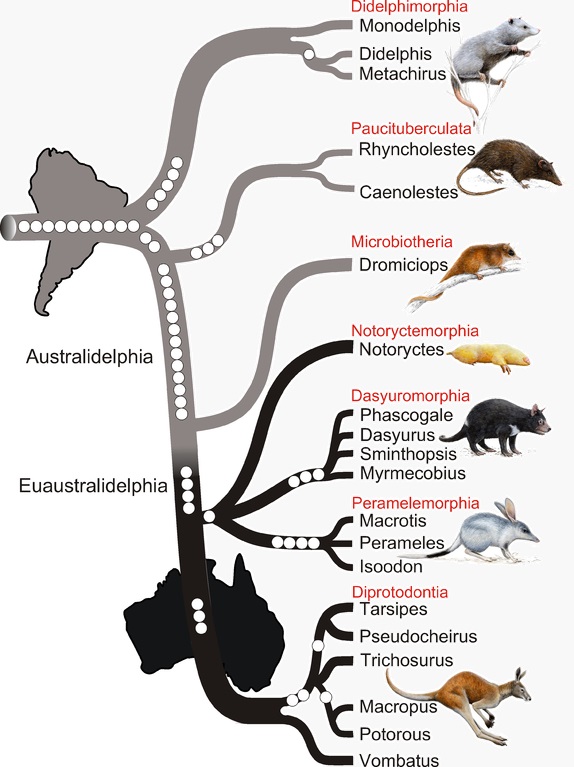
In the image above, seven orders of marsupials are shown with grey and black lines indicating South American and Australian habitats respectively. Yet each order has diversified from its superorder (Euaustralidelphia) through adaptation. Each order can better survive thanks to a specific adaptation to a different habitat.
This independent evolution in response to particular aspects of the environment is also mimicked across the globe by placental mammals. Many marsupials have developed in extremely similar ways to placental mammals living in similar environments, even though they have been cut off from these other populations since the breakup of the supercontinent known as Gondwana. This process has not yet ended. Today, Australia crawls to the north at a rate of about 3 centimeters per year.
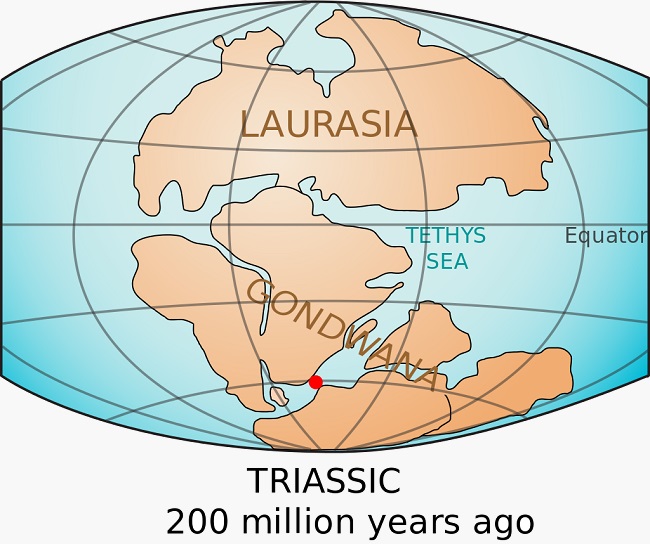
This separation of species, yet with similarities in both adaptations and environments, tells us that biodiversity is usually the result of adaptive radiation.
Darwin’s Finches
The most commonly quoted example of adaptive radiation is Darwin’s finches, discovered during Darwin’s voyage to the Galápagos archipelago. Speciation is the development of one of multiple new species in the evolutionary process, where the original species produces mutated forms which successfully survive in other environments due to these mutations. In the case of Darwin’s finches, adaptations occurred relatively rapidly. Blown over to various islands with different flora and fauna, beak morphology might ensure either the survival or the death of a bird. For example, warbler finches and ground finches have evolved from a common ancestor. Warbler finches have long, thin beaks perfect for eating insects. Ground finches have thick, blunt beaks ideal for breaking over the husks of nuts and seeds.
The fifteen species of finches found at the Galápagos archipelago make up a monophyletic group, or a group of organisms all descended from one ancestral species. The common ancestor is not known due to a lack of DNA, but fossils from two species of ground finches, Geospiza nebulosi and Geospiza magnirostris have the thick, blunt beaks of their descendants. This would indicate that warbler finches are the result of speciation through the process of adaptive radiation. Upon landing on an island with few nuts and seeds but many insects, those specimens with longer, thinner beaks (mutations) were more likely to survive and reproduce. Natural selection increased the survival rates of long-beaked birds on this island where they interbred, eventually leading to a phenotype common to this new species.
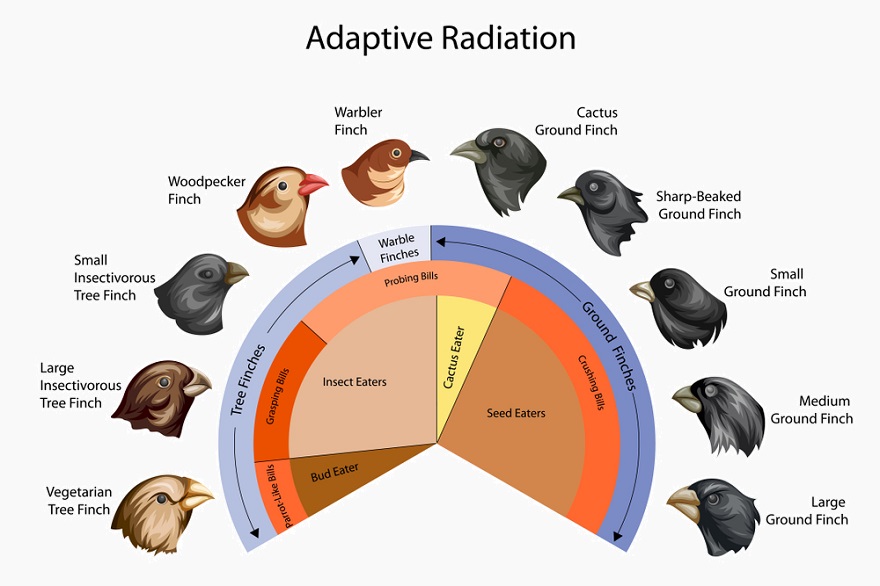
Skin Color
Human skin color is another example of adaptive radiation. The color of the skin is regulated by the presence of melanin, a natural pigment which in higher quantities can absorb ultra-violet light and protect the dermis. People with light complexions mainly produce pheomelanin which has a reddish-yellow hue, while those with dark-colored skin primarily produce eumelanin which is dark brown in color.
Under the rays of the sun, vitamin D synthesis is stimulated, while folate degrades. Folate is necessary for early fetal development and is partially regulated by UV exposure. Too little or too much sun can dysregulate folate levels. While the current theories of the human race originating from an African location are under discussion, using this model to explain adaptive radiation is helpful. In fact, this model can be used to explain two different types of adaptive radiation.
The first concerns very early ancestors of man (the hominids) who were largely covered with hair to keep them warm in largely forested areas. Hominid skin, protected by hair, was almost definitely not as dark as his early descendants. We do not have the fossil evidence to prove this, but mammals usually have much lighter skin when covered in thick layers of hair or fur, as opposed to mammals with thin coats. Upon migrating to more open savannahs where the hominids could hunt more successfully but directly under the rays of the equatorial sun, this hair became superfluous. To be protected from the UV rays of the sun they developed darker skin. This darker skin reduced the degradation of folic acid, meaning higher pregnancy and birth rates, while the constant availability of the equatorial sun meant that vitamin D production was sufficient to ensure good health.
When these populations eventually moved away from the heat of the equator and into colder regions high levels of melanin became more of a hindrance to the health and reproductive capacity of this migrating population. Skin did not need as much melanin to protect it from the meager sun; those with darker skin would block what little UV light there was and synthesize less vitamin D, leading to lower levels of health and fitness (rickets) and dysregulated folate levels (miscarriages).
Those who migrated to the far northern regions of the Arctic Circle became slightly lighter in color, but darker than would usually be expected according to this theory. This has been explained by their seafood diets which provide ample dietary vitamin D during the colder seasons, while a darker skin color protected these populations from the UV radiation of the sun further reflected by the snow-covered landscape during spring and summer months. Research today tells us that the female Inuit population are more likely to experience folic acid deficiencies than lighter-skinned females in colder, temperate regions unless they eat folate-fortified foods. This is perhaps the reason why the color of their skin is not darker.
Phylogenetics – Discovering Examples of Adaptive Radiation
Phylogenetic research into visible genetic traits and, later on, DNA sequences is far from new. Aristotle devised his Scala Naturae or Ladder of Life in the third century before Christ, splitting animals into two very basic (and very wrong) main groups – those with red blood and those without. This idea expanded over the centuries due to the many distinctive characteristics of non-related species which live in similar environments.
Phylogenetics is the study of the evolutionary steps a species has taken during the process of speciation. These steps lead to the creation of a phylogenetic tree, an extremely simplified version of which is pictured below. These trees can be rooted or unrooted, meaning coming from a single known original ancestor or from an unknown ancestor or group of ancestors respectively. Phylogenetic trees depict the evolutionary history of one or more species in relation to its ancestors.
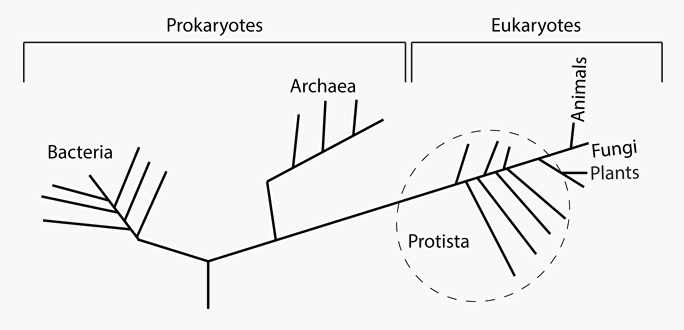
Ecological Opportunity – Making the Most of Every Available Habitat
What has not yet been mentioned is that the term ‘adaptive’ in the context of adaptive radiation must indicate a move towards a healthier and more successfully reproductive species. While it is often understood that any evolution requires thousands if not tens of thousands of years to lead to a phenotype which is common to a group of organisms but not to the original ancestors, and due to changes in the environment, this can actually be a fairly rapid shift.
In order to move through the process of adaptive radiation, a population must nearly always be exposed to ecological opportunity. This ecological opportunity must be present in order for speciation can occur. The most important ecological opportunity as far as mammals are concerned was the mass extinction of the dinosaur, where both warm- and cold-blooded species could move into fresh ecosystems previously too unsafe or heavily populated.
The move from this ecological opportunity to the adaptive radiation of a population requires a complete set of traits which allow a species to take advantage of the new environment, such as herbivorous mammals migrating into a new, plant-filled ecosystem. This set of traits is referred to as a key innovation. The next step is ecological release – the proliferation of a population in a new environment without limiting factors such as competition or overpopulation.
Adaptive Radiation in Urban Environments – A Recent But Rapid Development
Urban environments, where ecosystems are very different from rural environments, are already bringing forth common genetic mutations in various plants and animals. Serotonin transporter gene (SERT) mutations in urban birds reduce levels of anxiety. This in itself is not observable in the anatomy of the bird, yet this mutation is associated with health- and survival-related traits such as physiological preparation for egg-laying and hatching success, with a subsequent increase in reproduction, and is therefore compliant with the laws of adaptive radiation.
Abiotic barriers, such as high heavy metal content in soil or water, can cause mutations in some species of plants which increase flavonoid synthesis, as higher flavonoid content increases heavy metal tolerance. Seed dispersal in urban plants can also be different from that of the same plants in other, less populated, polluted or protected ecosystems. Biotic variables have been previously believed to be more responsible for adaptive radiation than abiotic, but both can work together. In fact, research tells us that the theory of adaptive radiation has become over-simplified in relation to our current levels of scientific knowledge.
Quiz
